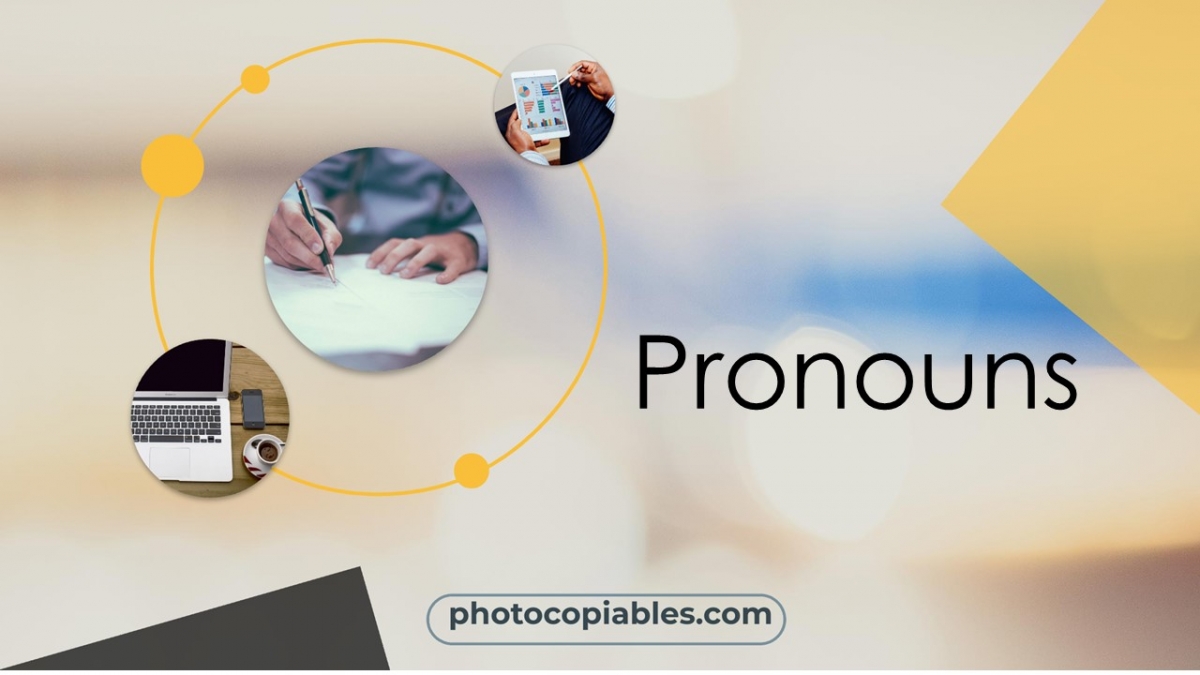Pronouns are words for nouns or names in a sentence. We use pronouns instead of nouns or names. There are many types of pronouns, such as subject pronouns or object pronouns etc. Pronouns are very important to understand written texts.
What are the subject pronouns?
Subject pronouns or Personal pronouns are the doers of the action in the sentence. They are I, you, he,she,it ,we,you and they. We use them to replace nouns or names. Their roles change according to gender and person.
| First Person Singular | I It is always capitalized (it is I, not i) |
| Second Person Singular | You |
| Third Person Singular | He/She/It We use he for masculine subjects, she for feminine subjects and it for objects, things or animals. |
| First Person Plural | We |
| Second Person Plural | You It is used both for singular and plural subjects. |
| Third Person Plural | They |
Where do we put subject pronouns in the sentence?
We usually start the sentence with subject pronouns as they are the subject in the sentence. Here are some example sentences for you.
| First Person Singular | Second Person Singular&Plural | Third Person Singular | First Person Plural | Third Person Plural |
My name is Tom. I live in England. | How are you? You are the best team in the competition. | George is from the USA. He is American. Amanda is from the UK. She is British. This is my dog. It is a Rottweiler. | My family is from Greece. We are Greek. | My neighbours are very noisy. They listen to loud music and make a lot of noise at night. |
What are the Object Pronouns?
Object pronouns are me, you, him, her, it, us and them. We use them to replace the nouns or names when they are used as objects in the sentence. Objects are affected by the action of the subject in a sentence.
| Subject Pronouns | Object Pronouns |
| I | Me |
| You | You |
| He | Him |
| She | Her |
| It | It |
| We | Us |
| They | Them |
Let's compare subject and object pronouns
Subject pronouns replace the subjects and object pronouns replace the objects in a sentence.
For example...
Subject Pronoun
John loves Meg. He loves Meg a lot. (John is the subject in the first sentence. He (John) is the subject pronoun in the second sentence.)
The students listen to the teacher carefully. He explains everything clearly. (The teacher is the object in the first sentence. However, it becomes the subject in the second sentence and we replace it with a subject pronoun. It is the doer.)
Object Pronoun
John loves Meg. John loves her so much. (Meg is the object in a sentence. Her (Meg) is the object pronoun in the second sentence.
The students listen to the teacher carefully. He explains everything clearly to them. (The students are the doers of the action in the first sentence. In the second sentence, they are affected by the action of the doer. They are replaced by an object pronoun.)
Exercises






